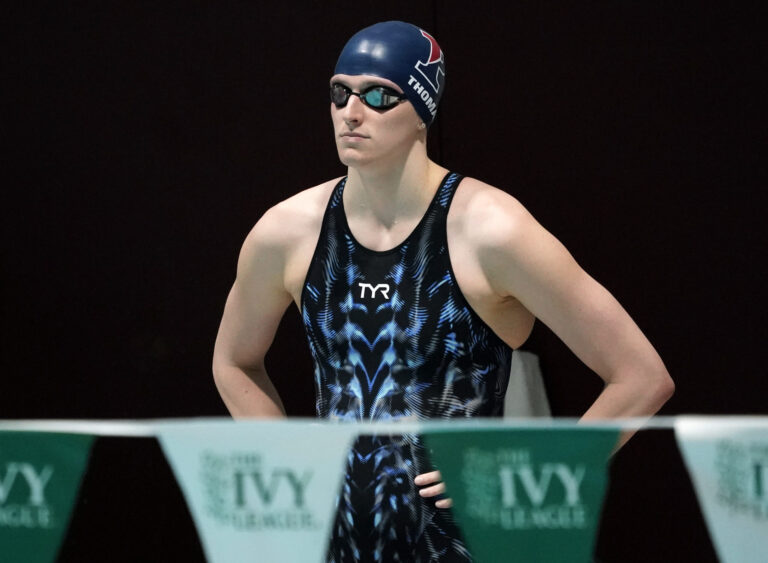
Introduction
Lia Thomas, a swimmer who gained national attention as the first openly transgender athlete to compete at the NCAA Division I level, has become a focal point in the ongoing debate surrounding transgender rights in sports. Her journey not only highlights the challenges faced by trans athletes but also underscores the ongoing discussions about fairness, inclusion, and rights within competitive sports. As society evolves, so do the definitions and regulations surrounding participation in athletics, making Thomas’s story particularly relevant in today’s environment.
Background and Achievements
After competing for the University of Pennsylvania as a male swimmer for three years, Thomas began her transition and subsequently made headlines in 2021 when she declared her intention to swim for the women’s team. During the 2021-2022 NCAA season, she broke several records, including winning the 500-yard freestyle title, becoming the first transgender woman to achieve such a notable accolade at the championships. Her performance has prompted not only accolades but also significant criticism and debate.
Impact on the Sports Community
The case of Lia Thomas has ignited conversations not only about trans inclusion but also about competitive fairness in women’s sports. Critics argue that trans women may have physical advantages over cisgender women, raising concerns among some athletes and advocates about maintaining a level playing field. Conversely, supporters of Thomas argue that participation in sports should be inclusive and that transgender athletes like Thomas should have the same opportunities. This divide highlights the complexities surrounding gender identity, biological differences, and the evolving policies that govern athletics.
Legislative Responses
In response to the emergence of cases like Thomas’s, several states have introduced legislation addressing transgender athletes’ participation in sports. Some have sought to ban transgender girls from competing in girls’ sports at the school and collegiate levels, while others promote inclusive policies. The NCAA has also revised their policies to ensure that trans athletes can compete in accordance with their gender identity, provided they meet specific hormone therapy requirements. These developments reflect a broader societal struggle to balance rights and fairness in sports.
Conclusion
Lia Thomas’s participation in women’s swimming illuminates the intersection of sport, gender, and societal values. As her story progresses, it serves as a catalyst for broader discussions on sports inclusivity and fairness. With ongoing debates and legislative actions shaping the landscape, the future of trans athletes in competitive sports remains uncertain but crucial for shaping inclusivity in athletics. The significance of Thomas’s journey lies not just in her achievements in the pool but also in sparking lasting conversations about the nature of sports and inclusivity for all athletes.
You may also like

Abhishek Sharma: The Next Big Thing in Indian Cricket

The Rise of Donovan Ferreira in Professional Golf
